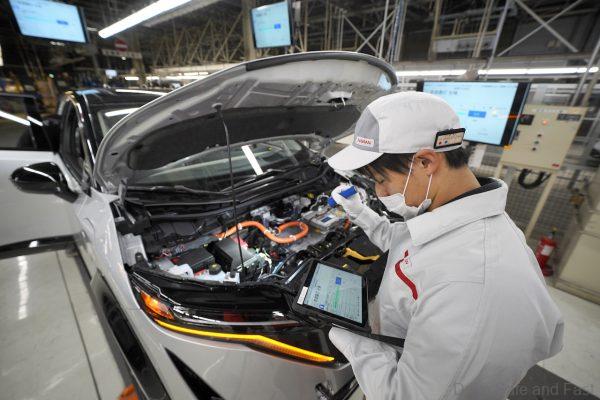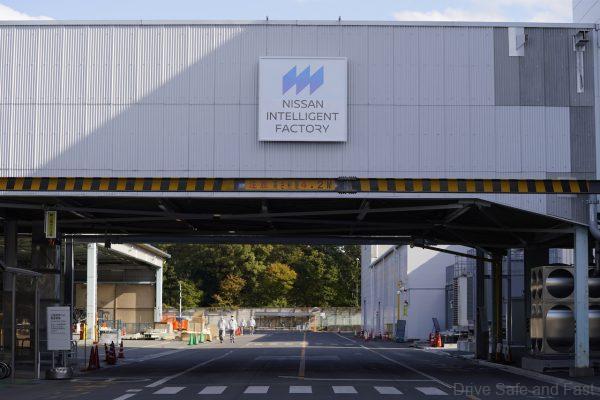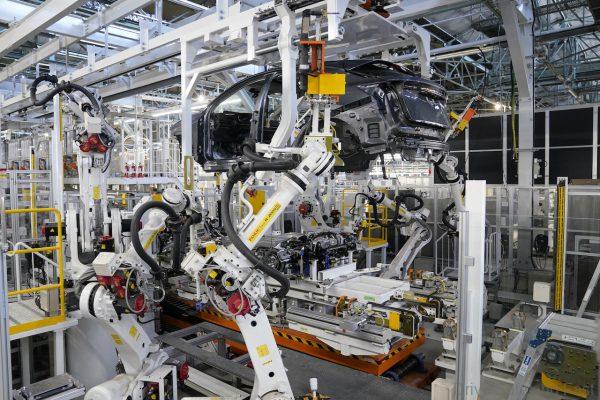Nissan Intelligent Factory Opened For Ariya Production at Tochigi.
Back in early 2021, Nissan announced a company-wide commitment to reduce its carbon footprint in order to achieve carbon neutrality by the year 2050. While on the product side, the company will be making moves with their e-Power and electrification efforts, today we’re talking about what they’re doing on the production side of things.

The first major step they’ve made is to open a new production line for the Nissan Ariya at their Tochigi Plant while following the Nissan Intelligent Factory blueprint. This blueprint involves:
- Using robots that have been programmed to imitate the skills of Takumi in car production
- Creating an improved environment for people to work comfortably in
- Realising a zero-emissions production system

The new production line will be used to make Nissan’s all-electric Ariya SUV, which is going to go on sale globally in the near future.

Hideyuki Sakamoto, Nissan’s executive vice president for manufacturing and supply chain management, said, “The automotive industry is in a period of great change, and solving the global challenge of climate change is urgent. We see this as an opportunity to build the strength of monozukuri (manufacturing), a part of our DNA, to develop and apply innovative technologies to overcome the challenges we face.”

“By rolling out the Nissan Intelligent Factory initiative globally, starting at the Tochigi Plant, we will more flexibly, efficiently and effectively manufacture next-generation vehicles for a decarbonized society. We will also continue to drive innovation in manufacturing to enrich people’s lives and to support Nissan’s future growth,” said Sakamoto.

About Nissan’s Tochigi Plant
This is the largest Nissan plant in Japan by area and it produces luxury and sports cars for the Nissan brand including:
- Nissan Cima
- Nissan Fuga
- Nissan Skyline
- Nissan GT-R
- Nissan Fairlady (370 Z)
- Infiniti Q70
- Infiniti Q60
- Infiniti Q50
The Tochigi Plant began operations back in 1968, initially casting aluminium and iron before adding the machining and assembly of axles in 1969. When the Tochigi plant was completed in its entirity in 1971, the site featured an integrated production system that handled the complete car-making process, including final car assembly.

Today, the Tochigi plant features a 6.5-kilometre high-speed endurance test course which includes a high-speed skidpad, a cobblestone course and other different environmental simulation areas.